In this article, I want to inspire you to see Agile in a different light. Maybe you already do as I do. Maybe you have moments when you see what I and others see. Whatever the case, I hope this creates a shift or even reinvigoration of your approach to Agile. One that helps teams become more productive, more energised, and resilient to the ever-changing weather systems of the complex and valuable work we do.
Without making any unhelpful assumptions about the reader of this article, the Agile methodology is often associated with software development. In fact, with the advent of Business Agility, Agile is being extended to many more parts of the organisation—even the whole. And for me, “Agile” extends beyond technical practices and principles. We will get to this shortly.
The Importance of the Human System
I like to look at organisations as a collection of systems. We often only pay lip service and attention to the ones that are the relentless focus of the business bods that run the show at a high level (e.g. the CEO, CFO, and the COO). These are:
- The Financial System
- The Operational System
There’s another important one. Can you guess what it is? That’s right. It’s the Human System … or the “Social System”, as I like to refer to it sometimes. And this one doesn’t get enough focus, in my humble opinion. Especially when sh*t hits the fan as it often does in the fast-paced, crazy VUCA world we dwell in.
So, it’s not just operations and financial systems at play. There’s a human one swirling and bubbling away underneath everything we do. And I invite you to really think about this. It is literally beneath everything we do when we come together. Personally, it baffles me why we don’t spend more time talking, designing, and caring for this system since it’s such a fundamental layer. This is the focus of this article.
As you’ve probably guessed, for me, a fundamental aspect of Agile is its focus on people and interactions. After all, it is right there in the core values:
“Individuals and Interactions over processes and tools”.
I feel this beautiful one is often overlooked in our rush to get work done and delivered—or, as they would say in football or other ball-related sports, “to knock something out of the park.”
Not giving this core value equal weight is a hugely missed trick. Addressing it with vigour will pay dividends repeatedly, as I have seen in my experience and leadership journey.
———————
Let’s start. Let’s boil this “Individuals and interactions” down to its simplest form. Let’s say “You and me”. Yes, you reader. I’m talking to you. We are a system right now. A small system, but an incredibly complex one. Human beings, with all our nuances, have the gift of making anything complex with our humanity. Let’s attempt to visualise that system. You are Entity #1. I am Entity #2. That’s it, you may think! Nope. There is a powerful 3rd entity in that system with a life of its own. And that is the relationship. It has its own needs, its own expectations and its own dynamics.
By paying attention to this third entity, we start to see how the human system sometimes shifts and behaves. It sometimes works beautifully, and at other times, it turns into a storm of irrational craziness that affects all the other systems around it. Think of it like an undersea quake, and the strong waves that emanate from it. As you read that sentence, I hope it recalled moments where the interactions in your team, organisation and even your family took a sudden tangential turn. An example from me is something that happened to me recently, where I had an outburst in the space that seemed to come from nowhere. Once I managed to get it through my system I got curious and contemplated what was driving it. In the cold light of day there it was. It was a dysfunctional relationship that got triggered. Let’s just say it wasn’t pretty and it left a mess that I and others needed to deal with.
I want you to really see that third entity. Yes, it may be an abstract concept. But it is there. Its impact is tangible. Even with the distance between us, you, the reader, and I have developed a relationship of sorts that, if we ever met, would impact our interactions… hopefully, in a good way :).
And when we extend our view to teams, departments, and even whole organisations, we see a complex web of relationships. Either binding us together or pulling our interactions apart. Being aware of this wonderful invisible 3rd entity in all the nooks and crannies of the human system gives us the opportunity to design and artfully craft our spaces. To make them more productive, fun, and, for the sake of the organisation (a living system in its own right), more profitable.
I want to invite you and inspire you to visualise it in your mind’s eye. Whenever you are with your colleagues, friends, and family, bring awareness to the relationship systems you dwell in.
Sometimes, simple awareness is enough to fine-tune the way we show up. And the way you show up influences that system. The way you communicate things, the things you say or don’t say, and the nonverbal communication from your body all impact this system. Now, there are many tools and approaches to enhancing this relationship system. Tools and other deeper concepts that are topics of many other articles to come.
So I hope this short article brings you back to the first part of this Agile saying (attributed to Alistair Cockburn):
“Agile is about learning about each other, learning about our work, and changing as a result.”
It reorientates us back to the importance of collaboration, communication, and mutual understanding among team members. I see the human system in our organisations that underlies everything we do. We haven’t yet reached that singularity point where AI is doing the work for us (nervous shudder), so these human systems are unescapably important.
A Closing Arc
So, do you see things differently now? That invisible web of relationships that binds us together has a life of its own and powerful impact.
Making a hopeful assumption, I’m glad you see what I see. Now, become the master at invigorating this invisible yet powerful system. Become the artistic leader, creating and nurturing these relationship systems you swim in.
I want to leave you with a mantra I used even before I became an Agilist. It’s a great reminder for me whenever I enter a new human system or when one has rocky times.
“Relationship First”
Create and look after these. They will look after you and your teams.
May the relationship force be with you friends.


